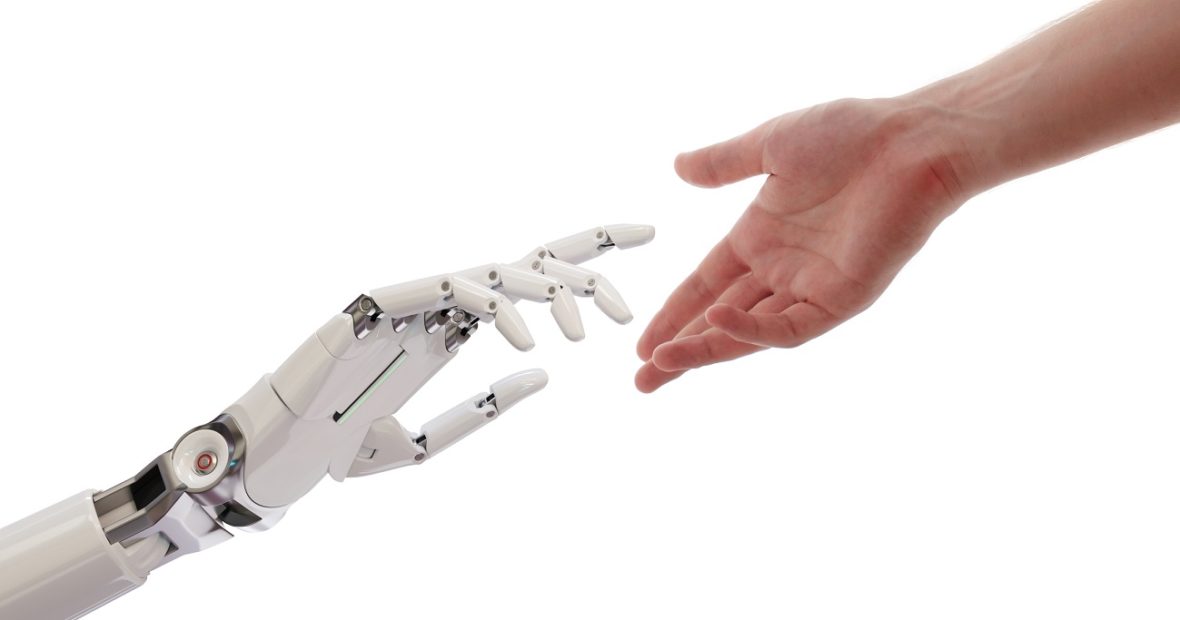
While I was looking for original topics to write a blog post, I came across the use of AI in humanitarian Aid, especially regarding natural disasters, refugees, and wars. There are multiple areas on which AI can support humanitarian aid, one of them being its predictive capabilities. These capabilities are redefining disaster management by using advanced data analysis and machine learning algorithms. This means AI can fore AI can forecast disasters (Bates, 2017) such as earthquakes, tsunamis, floods, and hurricanes by analyzing diverse data sources like weather patterns, seismic activities, and historical disaster records. These accurate predictions enable timely evacuation and preparation, potentially saving countless lives (Fernández-Luque & Imran, 2018).
Furthermore, search and rescue operations can be improved by using AI-powered drones to assess damages, inspect collapsed buildings, and locate survivors (Basali, 2023). These drones enhance the speed and accuracy of search and rescue missions, potentially saving more lives and reducing response time. Also, AI can help optimising things like resource allocation through machine learning algorithms that process data on affected areas, population density, and resource availability. This allows humanitarian organisations to efficiently distribute resources like food, water, and medical supplies to those in need.
The previously mentioned aspects are often regarded as the foremost priorities after a disaster or conflict. However, what unfolds in the aftermath tends to be overlooked. Once the fundamental needs are addressed, new challenges emerge. One of the biggest challenges refugees must deal with every day are language barriers (Open Cultural Center, 2021). Language barriers can impede communication between aid workers and refugees. AI-powered language translation tools break down these barriers, facilitating seamless communication. The use of complex algorithms and machine learning techniques allows for understanding the essence of the source text and producing a precise translation in a certain language. AI-generated translation revolutionises language translation by swiftly and accurately processing vast amounts of text, in contrast to translating a sentence word for word (AIContentfy Team, 2023).
It can be concluded that although AI is not a replacement for human intervention, it is a very powerful ally in disaster response. As AI continues to improve its capacity to process and analyze data, it empowers humanitarian organizations to respond more efficiently to disasters. Along with the rapid technological innovation, our ability to aid those in need will only grow, and the potential of Artificial Intelligence in humanitarian aid will continue to unfold.
References
Bates, M. A. (2017). Tracking Disease: Digital epidemiology offers new promise in predicting outbreaks. IEEE Pulse, 8(1), 18–22. https://doi.org/10.1109/mpul.2016.2627238
Basali. (2023, September 18). Drones for Search and Rescue Operations – SAR Drones. flytbase. https://www.flytbase.com/blog/drones-for-search-rescue#:~:text=Detection%20and%20Identification%3A%20Drones%20can,the%20dark%20or%20dense%20areas.
Fernández-Luque, L., & Imran, M. (2018). Humanitarian Health Computing Using Artificial Intelligence and Social Media: A Narrative Literature review. International Journal of Medical Informatics, 114, 136–142. https://doi.org/10.1016/j.ijmedinf.2018.01.015
Open Cultural Center. (2021, August 6). Language barriers and the importance of language learning for refugee and migrant communities in Europe. Open Cultural Center. https://openculturalcenter.org/language-barriers-and-the-importance-of-language-learning-for-refugee-and-migrant-communities-in-europe/
AIContentfy Team. (2023). AI-generated content for language translation. AIContentfy. https://aicontentfy.com/en/blog/ai-generated-content-for-language-translation#:~:text=Government%20and%20humanitarian%20aid%3A%20In,aid%2C%20and%20other%20essential%20services.




